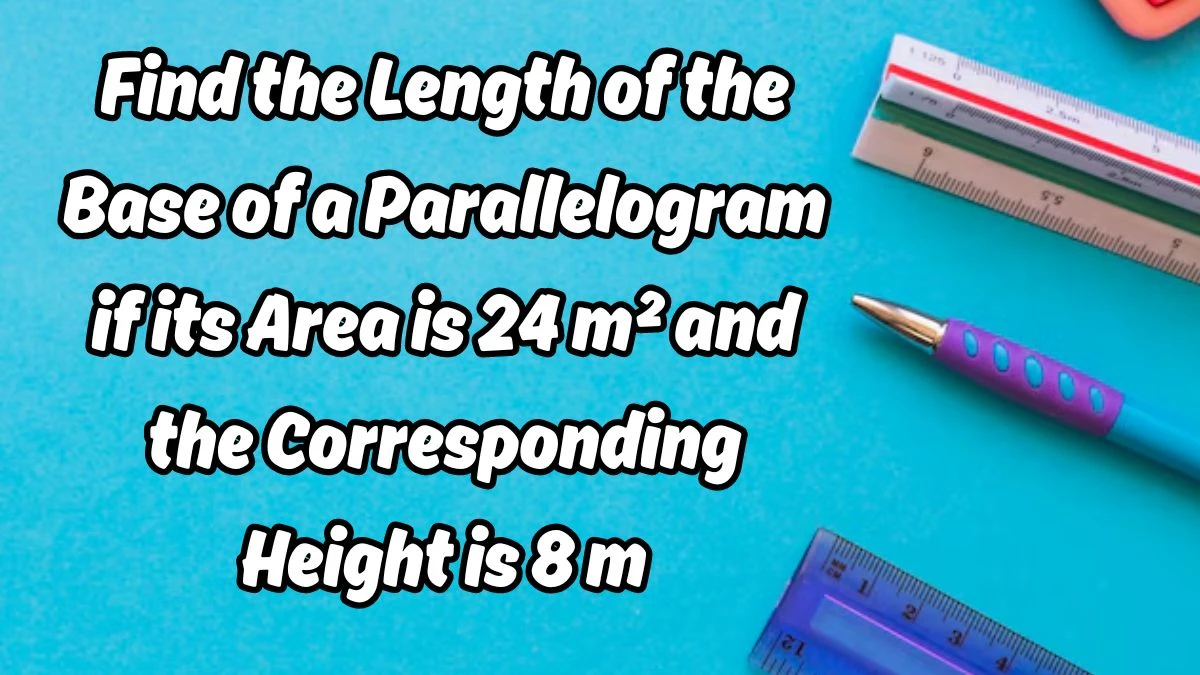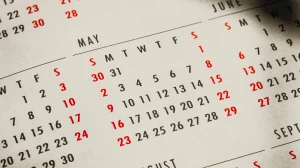Find the Length of the Base of a Parallelogram if its Area is 24 m² and the Corresponding Height is 8 m
by
Updated Jun 19, 2024

Find the Length of the Base of a Parallelogram if its Area is 24 m² and the Corresponding Height is 8 m
To find the length of the base of a parallelogram when given its area and the corresponding height, you can use a mathematical formula.
The formula to find the area of a parallelogram is
Area = Base x Height
In this formula
The base is one of the sides of the parallelogram
The height is the perpendicular distance from the base to the opposite side
Area of the parallelogram: 24 m²
Height corresponding to the base: 8 m
Start with the area formula for a parallelogram
Area = Base x Height
Solve for the base by rearranging the formula to isolate the base on one side
Base = Area/Height
Base = 24/8
Base = 3 m
The length of the base of the parallelogram is 3 meters
How to Find the Length of the Base of a Parallelogram?
Understanding how to find the length of the base of a parallelogram is a fundamental concept in geometry. A parallelogram is a four-sided figure with opposite sides that are both parallel and equal in length.
Area Formula:
The area of a parallelogram can be calculated using the formula
Area = Base x Height
In this formula, the "base" is the length of one of the sides, and the "height" is the perpendicular distance from this base to the opposite side
To find the base, you need to rearrange the area formula to solve for the base
Base = Area/Height
By understanding and applying the formula correctly, you can easily solve similar problems involving parallelograms.




